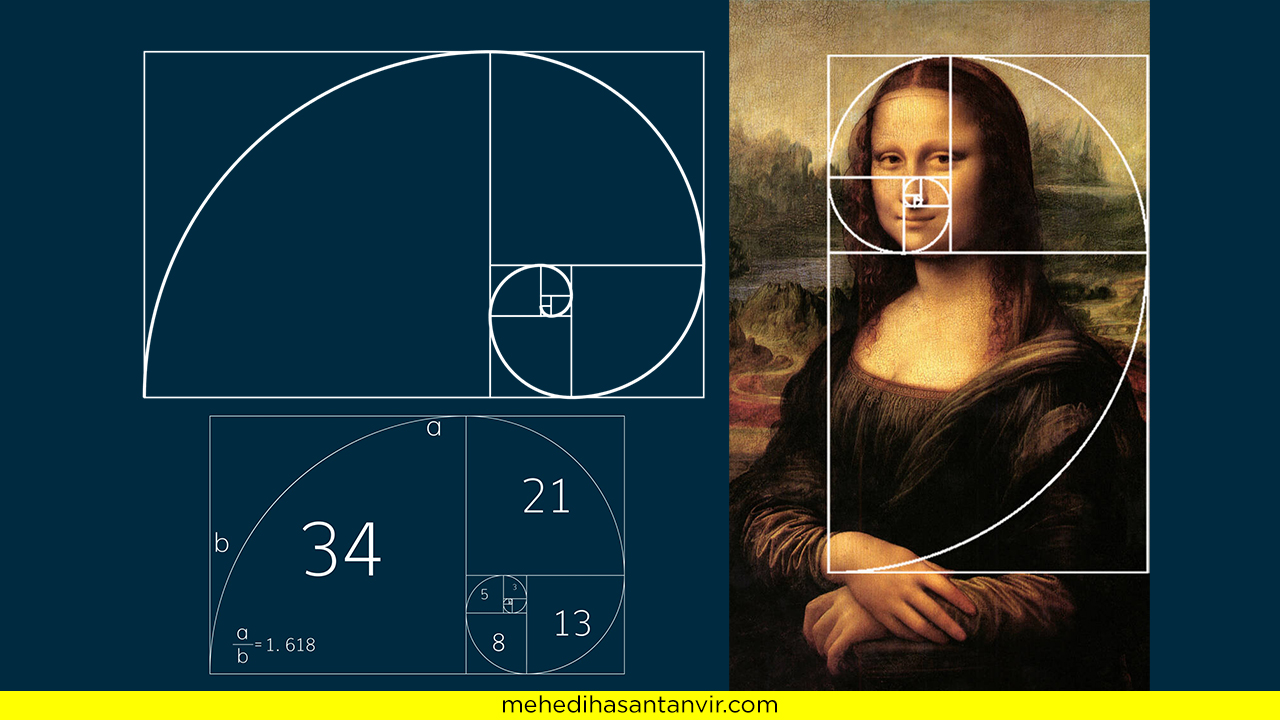In the worlds of art, architecture, mathematics, and nature, there exists a profound and enduring concept known as the Golden Ratio. Also referred to as the Divine Proportion, the Golden Mean, or Phi (Φ), this mathematical constant has captivated the minds of scholars, artists, and thinkers for centuries. With its intrinsic aesthetic appeal and its ubiquity in the wonders of the natural world, the Golden Ratio has left an indelible mark on human creativity and our perception of beauty. In this article, we will delve into the essence of the Golden Ratio and its significance across various domains.
At its core, the Golden Ratio represents a specific proportion that is aesthetically pleasing and harmonious to the human eye. It can be defined as a mathematical relationship between two quantities where the ratio of the sum of the two quantities to the larger quantity is equal to the ratio of the larger quantity to the smaller one. Mathematically expressed as Φ = (A + B) / A = A / B, this ratio holds an approximate value of 1.6180339887.
The history of the Golden Ratio stretches back to ancient times, with its earliest documented use dating back to the ancient Egyptians. However, it was the ancient Greeks who delved deeper into its properties and significance. The Greek mathematician Euclid described the Golden Ratio in his work “Elements,” where he explored its geometric and arithmetic properties. The renowned mathematician Fibonacci, known for his sequence, also recognized the ratio’s recurrence in nature and its applications in mathematics.
One of the most fascinating aspects of the Golden Ratio is its pervasive presence in the natural world. From the intricate patterns of flower petals to the spirals of seashells, the proportions dictated by the Golden Ratio can be found abundantly in nature’s creations. The spiraling patterns of sunflower seeds, the branching of trees, and even the proportions of the human body exhibit traces of this ratio. It is believed that this prevalence in nature contributes to the human perception of beauty and harmony when encountering objects or scenes that adhere to the Golden Ratio.
Beyond the natural realm, the Golden Ratio has found its way into the artistic and architectural endeavors of humankind. Artists and architects throughout history have incorporated this proportion into their works to create visually pleasing compositions. The Parthenon, the ancient Greek temple dedicated to the goddess Athena, is renowned for its use of the Golden Ratio in its design, which contributes to its timeless beauty and balance. Renowned artists like Leonardo da Vinci and Salvador Dalí also employed the Golden Ratio in their compositions, recognizing its potential to evoke a sense of aesthetic appeal and balance in their artworks.
In the field of mathematics, the Golden Ratio unveils a myriad of intriguing properties and connections. It is intricately linked to the Fibonacci sequence, a series of numbers in which each subsequent number is the sum of the previous two. As the sequence progresses, the ratio between consecutive Fibonacci numbers approaches the Golden Ratio. This connection has significant implications in various mathematical phenomena and has led to its application in fields such as number theory, fractals, and even computer algorithms.
The allure of the Golden Ratio extends beyond the realms of art, architecture, and mathematics. It has captivated the imagination of researchers in diverse fields, including psychology, aesthetics, and even marketing. Studies have suggested that individuals tend to prefer objects and images that conform to the Golden Ratio, indicating a subconscious preference for its inherent balance and harmony. Its presence in design and advertising has been utilized to create visually appealing products and enhance consumer perception.
As we delve deeper into the study of the Golden Ratio, we come to appreciate its universal appeal and enduring significance. From the ancient civilizations that recognized its beauty to the modern-day applications in various fields, the Golden Ratio stands as a testament to the timeless relationship between mathematics, aesthetics, and the natural world. It continues to inspire and captivate those who seek beauty and harmony in the world around us.


